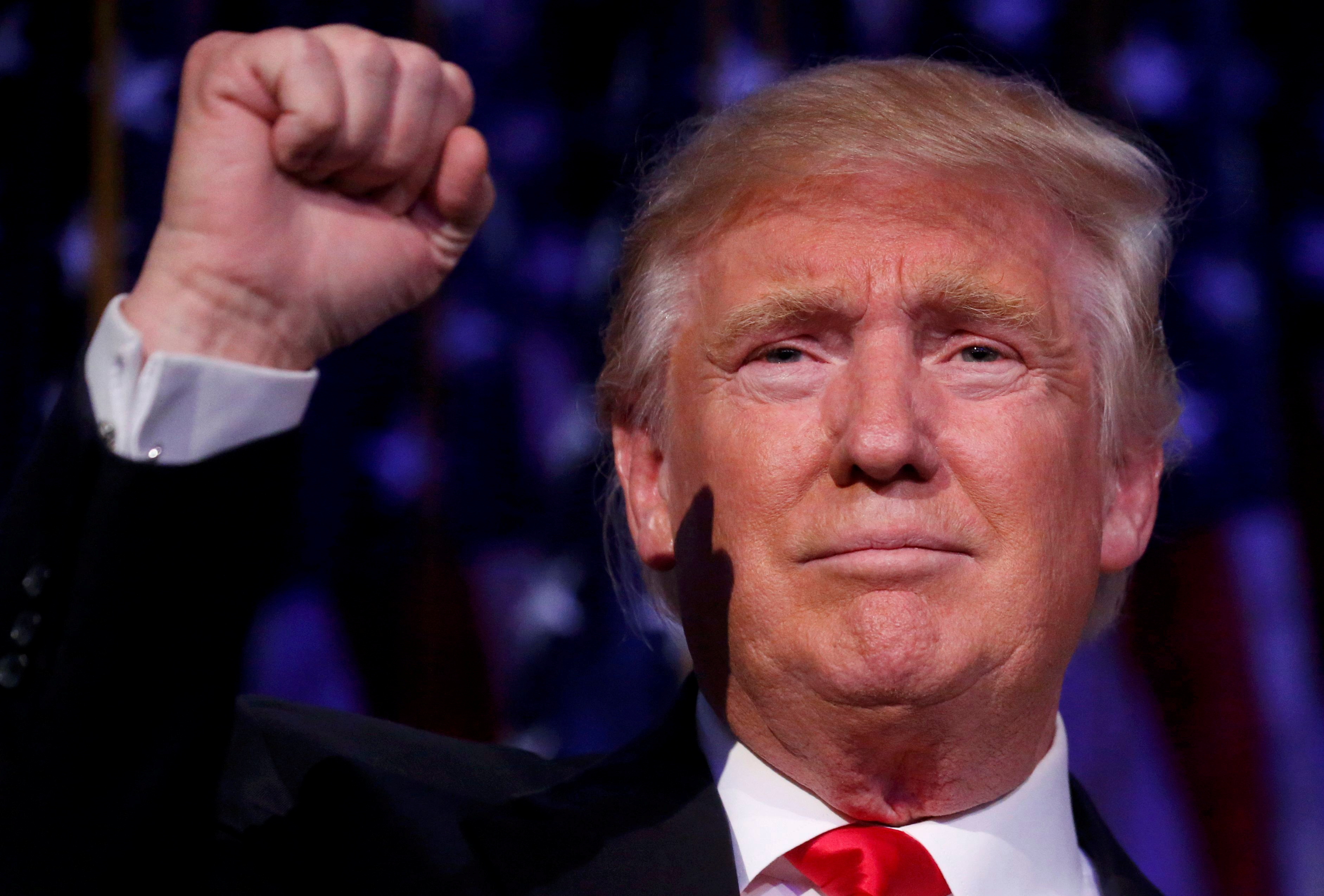Is college education a privilege or a right? With the widening gap between the rich and poor, and the failure of higher education to resist, or even properly address, the dynamic swelling in income inequality, the reality is that postsecondary education, especially as recently endorsed by Trump’s 2018 budget proposal, is increasingly becoming a privilege for the moneyed few, and not a right universal.
In fact, some analysts call higher education an “engine of inequality,” and for clear reasons. In 2012, 81 percent of 18-24 year-olds from the top income quartile entered postsecondary education, while only 45 percent of those from the bottom quartile did. In 2013, high-income students were eight times more likely to obtain a bachelor’s degree than those of low-income. The gap in these numbers shows no sign of closing anytime soon.
And, considering that the aggregate student loan in America tops $1.2 trillion, a figure that is actually growing at a rate faster than almost all other goods and services, more students are working jobs and relying on outside funding, many of which are grants from the state and federal government.

Such governmental aids make possible for most students, particularly those of low income, to attend college. In 2015, 52 percent, or more than half, of all students were eligible for the Pell grant, which has now, forty years later, become the most popular form of all federal funding.
But Pell grant recipients, who are mostly of low income, haven’t a fairer chance to attend a pricier college; they are more likely, primarily for financial reasons, to attend community and for-profit colleges rather than a four-year private college. According to the “Postsecondary Education Opportunity,” in 1980, around 60 percent of Pell grant recipients enrolled in four-year colleges; in 2011, that number shrank to 40 percent. During the same time period, the number of Pell grant recipients in community colleges rose by 2.7 million.
These are statistical facts, not half-truths or strategic falsehoods or what Trump prefers to call “truthful hyperboles.” But these same facts also reflect the reality of higher education as a realm whose access depends on affordability, and further cement the view in the minds of today’s youth that college education is not a right for all, but a privilege to those who can afford it.
And, as a long-standing force against the inegalitarian view of education, the federal government, in most of its political shadings, has traditionally seen its duty as helping all students pursue a postsecondary education if they so choose. Unfortunately, with Trump and his crusading secretary of education, Betsy DeVos, in office, such a tradition may begin to wane.
Trump’s 2018 budget plan, which was released in March 2017, proposes to gut funding for 62 federal agencies, including the Department of Education, whose discretionary budget could drop by 13 percent, or $9 billion.
The plan, if Congress votes in October to unamend the proposed allowance for the department, will slash funding for over 20 programs in higher education, including the Federal Work-Study Program, whose budget would be reduced “significantly,” while outrightly eliminating other programs like the Federal Supplemental Educational Opportunity Grant, which provides up to $4,000 for college students in financial need. The budget doesn’t recognize that these two programs, though small, are the saving graces for many students who are the most financially needy.
As for the Pell grant, the plan wouldn’t immediately affect its funding, but proposes a “cancellation of $3.9 billion from unobligated carryover funding.” To put this number into perspective, $3.9 billion is enough to fund Pell grants for every student from Texas to North Carolina for a year. Once the $3.9 billion is removed from Pell funding, how many more students, especially with the projected rise in college costs, will be deprived of a college education?
The plan, by slashing programs that were designed specifically for low-income students, endorses the elitist view that college education is meant for a privileged few. It threatens the programs on which most, especially the poorest, of low-income students rely; because of governmental aid, like the Pell grant and smaller programs, many low-income students have, at least, the chance of attending college. But now, the ensuing Trump reign seems to endanger even that chance.
Income disparity undoubtedly marks, or rather scars, the byzantine realm of higher education, and Trump’s budget proposal only promises to solidify that disparity. Fortunately, the proposal has hope for change before the new fiscal year begins. Both high school and college students can take action and urge their representative to reconsider Trump’s plan with the needs of low-income students in mind. Only through civil involvement, perhaps, can the youth of tomorrow’s America begin to hope that college education might one day be accessible to all students, regardless of the size of their family’s purse.


















[…] Source: Let Them Attend Community College […]
[…] However, the rising cost of tuition and fees are forcing more families to rethink expensive four-year schools and look to community colleges. […]